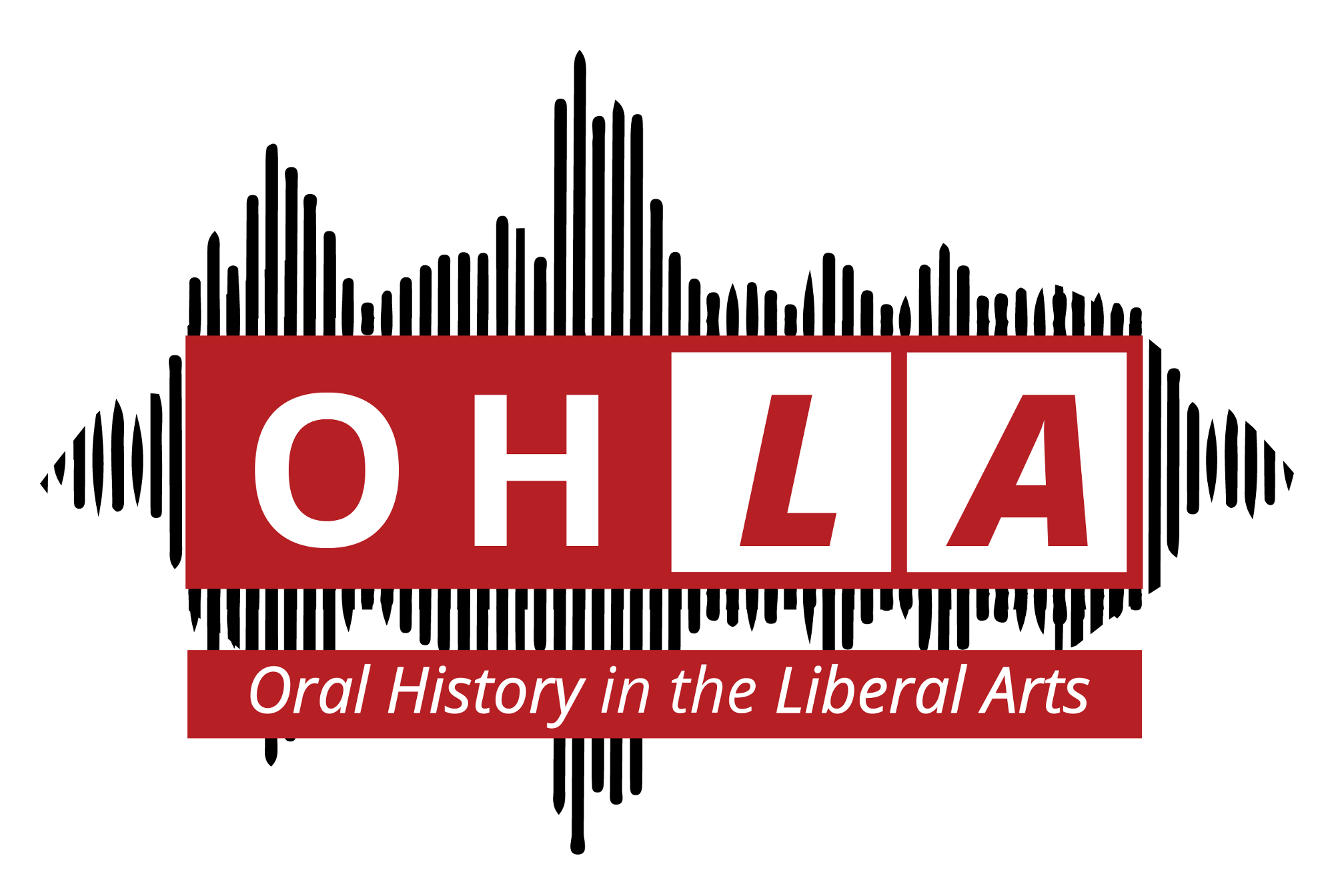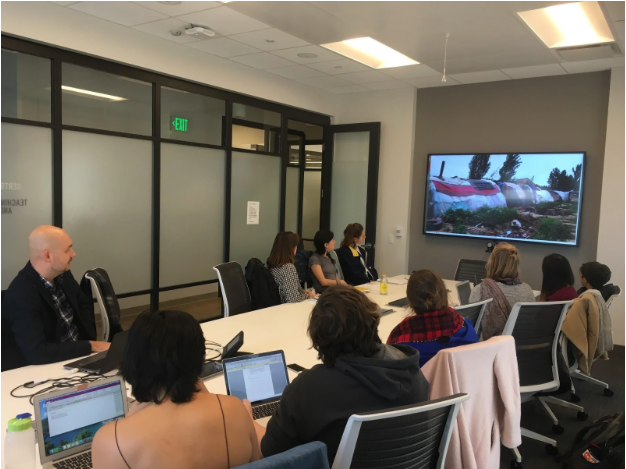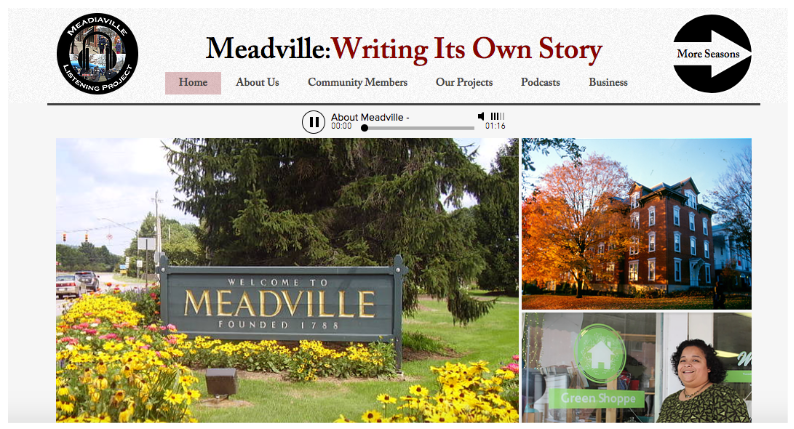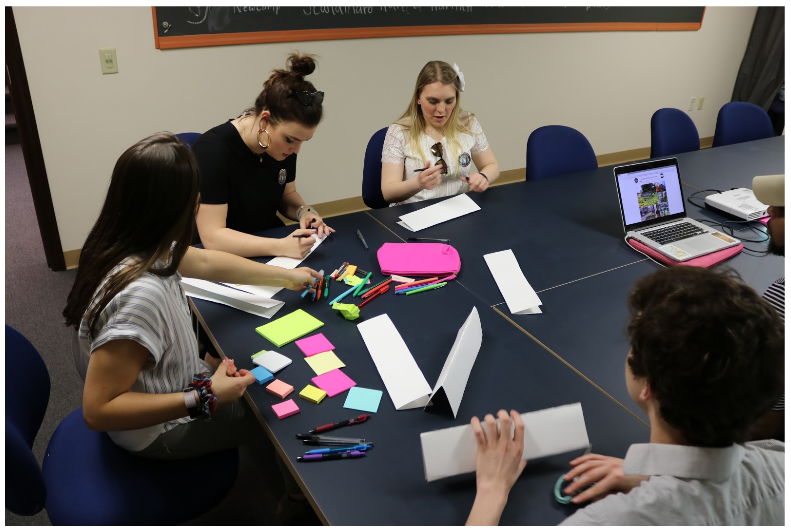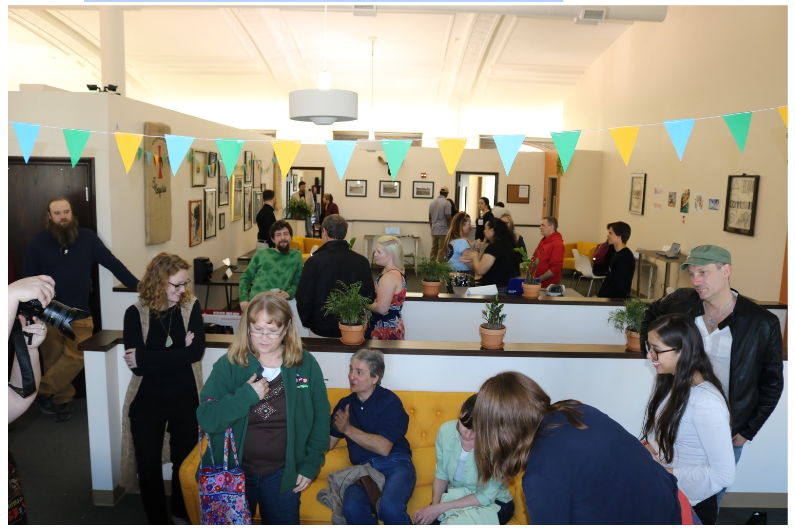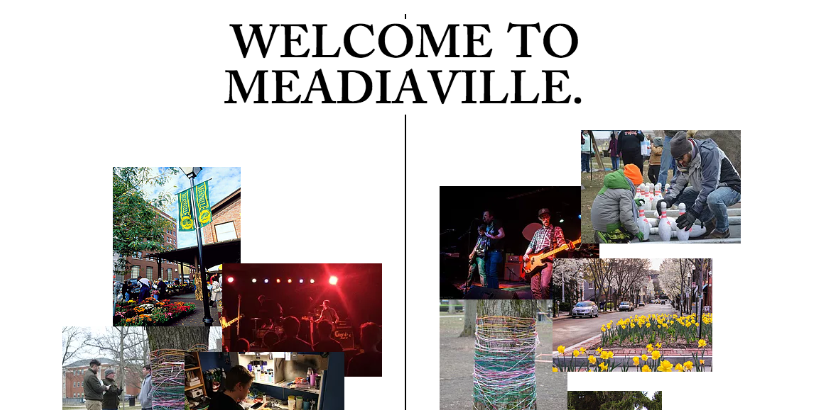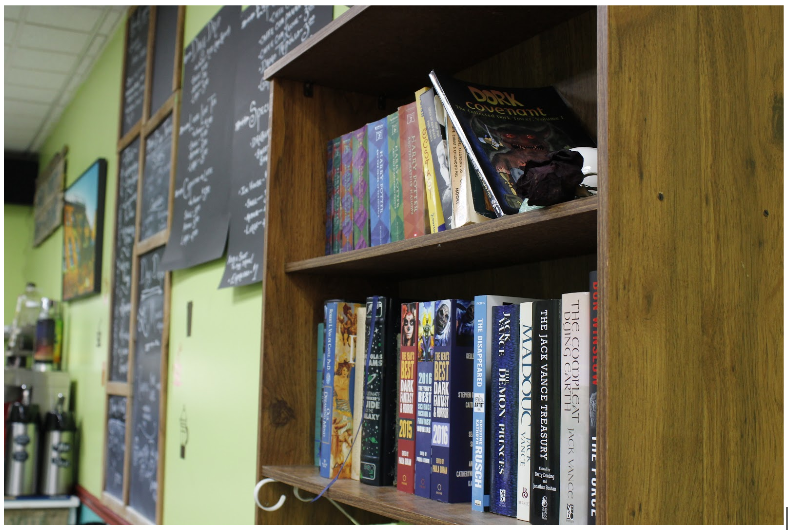To varying degrees, “sharing authority” is something that oral historians practice as the collaborative nature of the interview continues into the remaining aspects of the process. In the context of Oberlin’s CAST 335: Latina/o/x Oral Histories, the “shared authority” encompassed not only the interview and writing, but, for the first time in the course’s history, a partnership with a local institution (Sacred Heart Chapel) to document the stories of Latina/o/x parishioners. But in this blog post, I wish to offer my teaching experience around a different type of “shared authority” – the collaborative learning that occurred amongst class participants in our course discussions.
At Oberlin, it is not so unusual to hear from students that the Oberlin College they experienced as prospective students, particularly with regard to Oberlin’s historical role in educating African Americans and women, is not necessarily the Oberlin they experience once on campus. In its most negative perception, for our students, the experience often resonates with what scholar Nancy Leong has referred to as “racial capitalism”. Leong argued that white individuals and predominantly white institutions derived “social or economic value from associating with individuals with nonwhite racial identities.” For our students, after visiting and hearing about Oberlin’s historical role in the education of African Americans and women, as well as its commitment to the local community, there can be a struggle to find the places where such work is occurring.
Coming off the success of the course’s first iteration taught by Gina Pérez, the demand for the class increased and I found myself bumping the limit from the initial twelve up to eighteen. While this created significant challenges on such tasks as identifying narrators in the community and providing in-depth feedback on assignments, the benefit was that the diversity of the class was excellent. The roster included eight students who identified as Latinx, and ten non-Latinx. Adding myself and my TA, both of whom identify as Latinx, the twenty total class participants was split evenly at 10/10. The students quickly took note of this and shared something that as a new CAST instructor, I hadn’t imagined: most students who take CAST classes are white, and it is not unusual to take a CAST course that does not have a student of color in it. I was astounded. Challenges aside, I immediately noticed the impact that class composition had on “shared authority” in the course discussions.
Early in the semester, my TA and I quickly took note of a class discussion dynamic. Most of the eight non-Latinx students were CAST majors and were clearly interested in/more comfortable with discussing the course readings in terms of intellectual concepts and theory. The majority of the ten Latinx students were more prone to link the material with personal experiences. Their comfort with this was driven by what many described as a first experience in feeling as if they, as Latinx students, were the majority in an Oberlin College class. In response to this, many of the non-Latinx students approached me in the first two weeks of class to say what a new and enjoyable learning experience it was to hear from students who had first-hand knowledge of the material we were reading. Several were also struggling with knowing when to speak, and when to listen. This was actually excellent preparation for the actual interview with their narrators.
The TA and I also wanted to ensure that feedback from the Latinx students incorporated the readings. Ultimately, in order to create balance and to build additional trust, we had participants pair up and added an assignment for each pair to lead a class discussion. We instructed students to seek a partner out of their comfort zone or network (the eight Latinx students mostly knew each other from participation in our Latinx student organization), and it worked out that nearly all the pairs were comprised of a Latinx and a non-Latinx student. The impact on the class was tremendous as any tension created by the difference in knowledge sources (personal and/or CAST major) seemed to immediately dissipate.
The most effective class discussions I would highlight were those around the reading of Gina Pérez’s Citizen, Student, Soldier: Latina/o Youth, JROTC, and the American Dream. Many of the Latinx students had either participated in JROTC in high school, or knew a high school classmate or teacher in the program. As a teacher, I don’t know if there was any more powerful moment than watching a Latinx student speak as a person of authority on the topic, or to watch and listen to a non-Latinx student make the link between the readings and the experience thanks to the insight of a classmate. Additionally, having the author of the text speak to the class brought the learning full-circle.
The class was such a wonderful experience of claiming authority. Like most professors, I was concerned with establishing my authority (particularly as a first-time instructor in such a class) while being student-centered and giving voice to my students. Thanks to the dynamics I have described, the classroom become one of shared authority. Such is the power of oral history…
